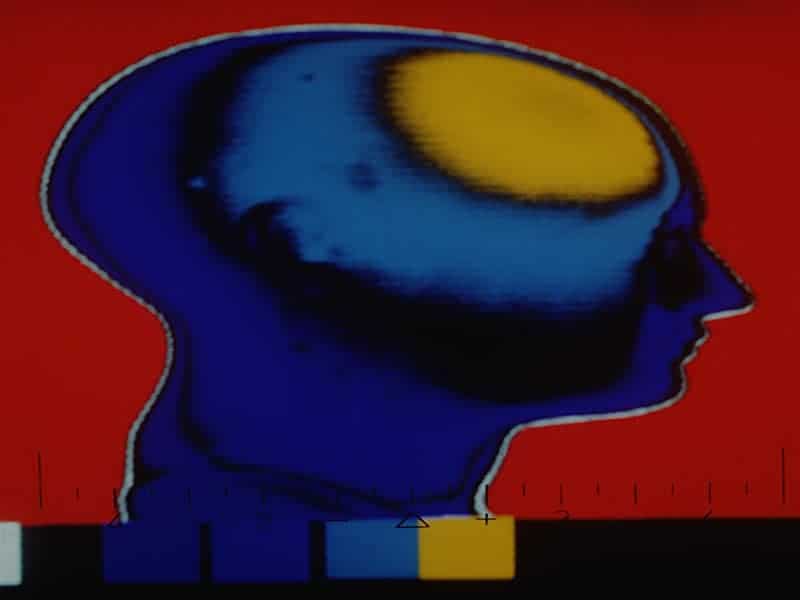THURSDAY, Aug. 29, 2019 (HealthDay News) — Plasma concentration of glial fibrillary acidic protein (GFAP) can aid in detecting traumatic brain injury (TBI) by identifying patients with negative findings on computed tomography (CT) scan who might need magnetic resonance imaging (MRI) and additional follow-up, according to a study published online Aug. 23 in The Lancet Neurology.
John K. Yue, M.D., from the University of California in San Francisco, and colleagues conducted a prospective study involving patients with TBI with a clinically indicated head CT scan within 24 hours of injury. The study included 450 patients with normal CT findings who had MRI seven to 18 days postinjury. The MRI findings were compared to those of 122 orthopedic trauma controls and 209 healthy controls. The discriminative ability of plasma GFAP concentrations for positive MRI scans was assessed.
The researchers found that over 24 hours, the area under the receiver operating characteristic curve for GFAP was 0.777 in patients with CT-negative and MRI-positive findings versus patients with CT-negative and MRI-negative findings. The highest median plasma GFAP concentration was seen in patients with CT-negative and MRI-positive findings, followed by CT-negative and MRI-negative findings, orthopedic trauma, and healthy controls, respectively (414.4, 74.0, 13.1, and 8.0 pg/mL, respectively).
“Analysis of blood GFAP concentrations within 24 hours of injury might improve detection of TBI and assist in identification of patients who need a subsequent MRI and follow-up,” the authors write.
Abstract/Full Text (subscription or payment may be required)
Editorial (subscription or payment may be required)
Copyright © 2019 HealthDay. All rights reserved.



